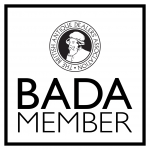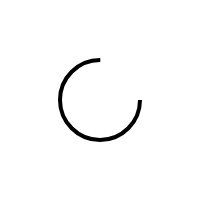-
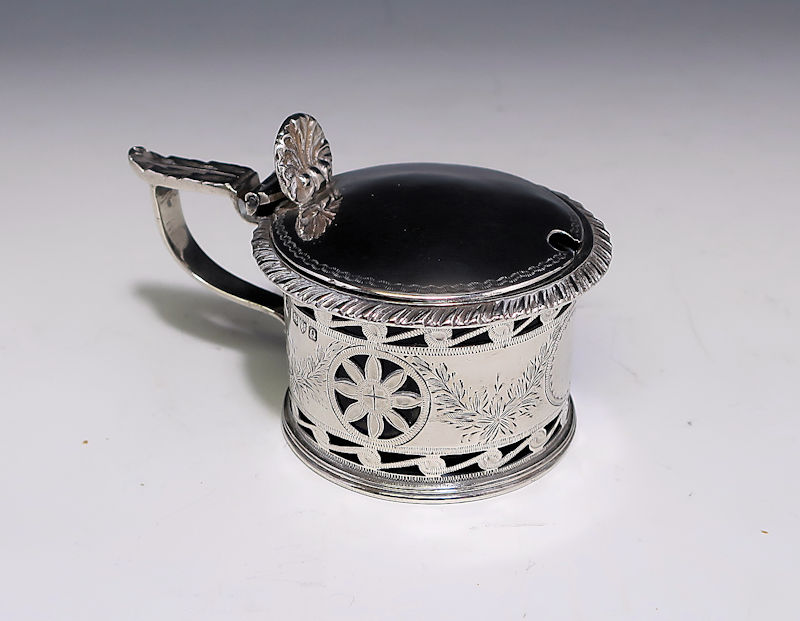
Antique Silver Victorian Mustard Pot made in 1899
£275ENQUIRE ABOUT THIS PIECEW112x15Date:1899Maker: Nathan & Hayes£275Reserved -
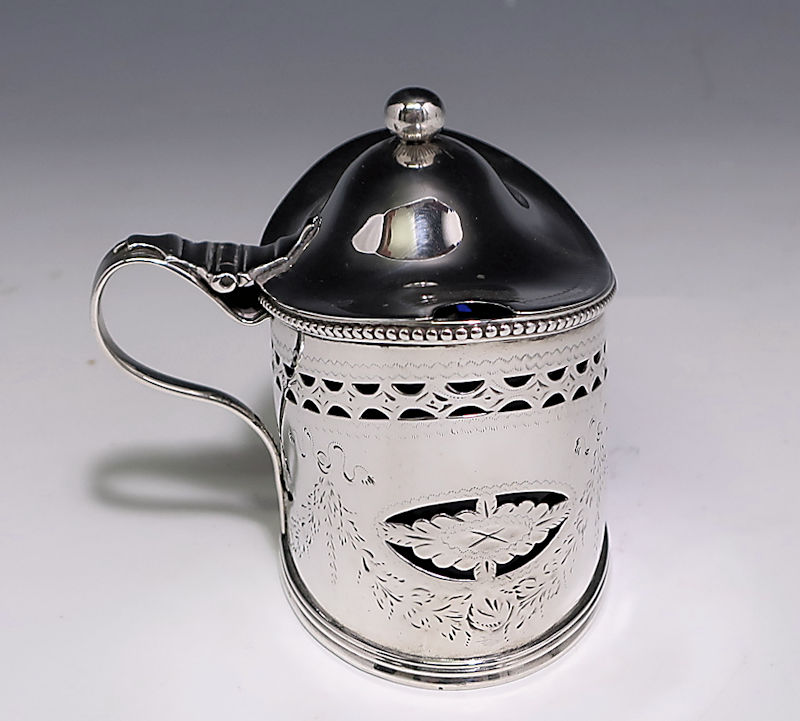
Antique Silver George III Mustard Pot made in 1786
£785ENQUIRE ABOUT THIS PIECEW102x28Date:1786Maker: Robert Hennell I£785 -
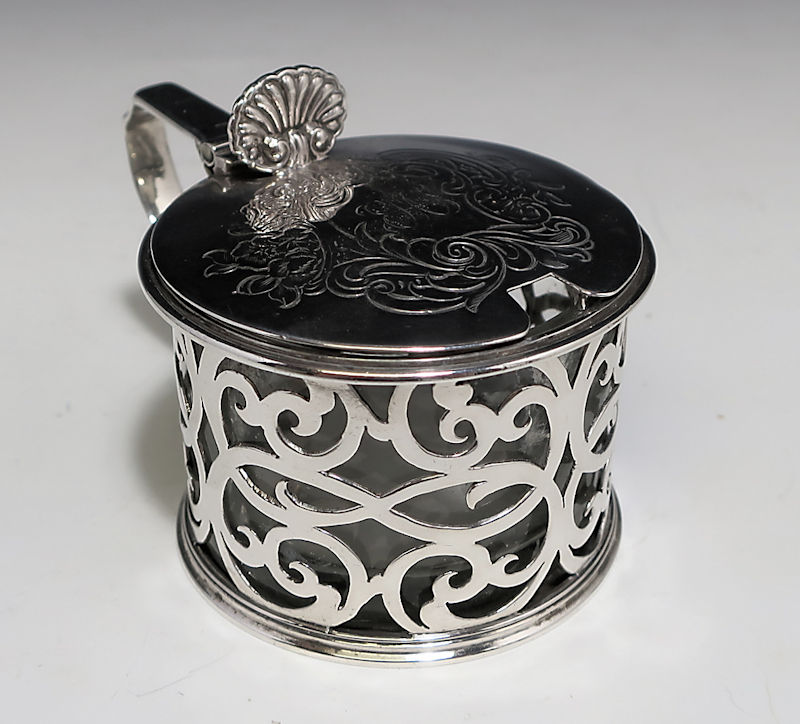
Antique Silver Victorian pierced Mustard Pot made in 1845
£435ENQUIRE ABOUT THIS PIECEW109x36Date:1845Maker: William Smily£435 -
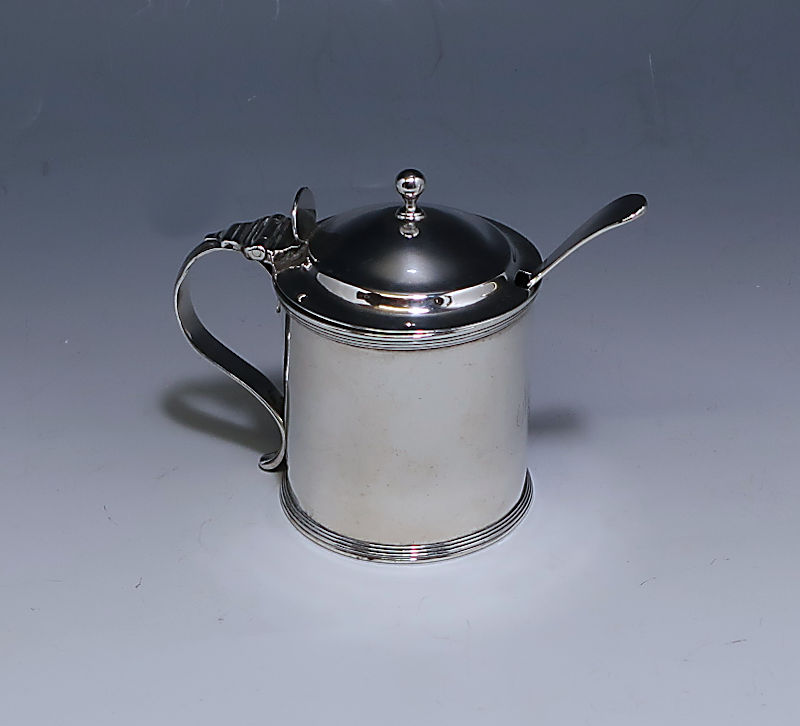
Antique Silver George III Mustard Pot made in 1806.
£545ENQUIRE ABOUT THIS PIECEW111x44Date:1806Maker: Abstainando King£545 -
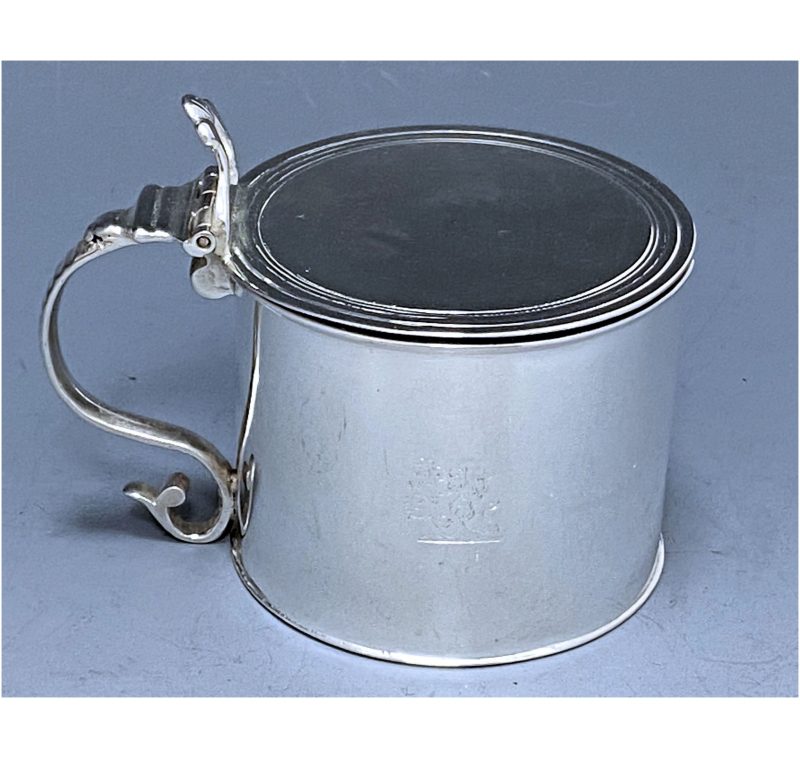
Antique Silver George III Mustard Pot made in 1765
£875ENQUIRE ABOUT THIS PIECEW111x15Date:1765Maker: Edward Aldridge£875 -
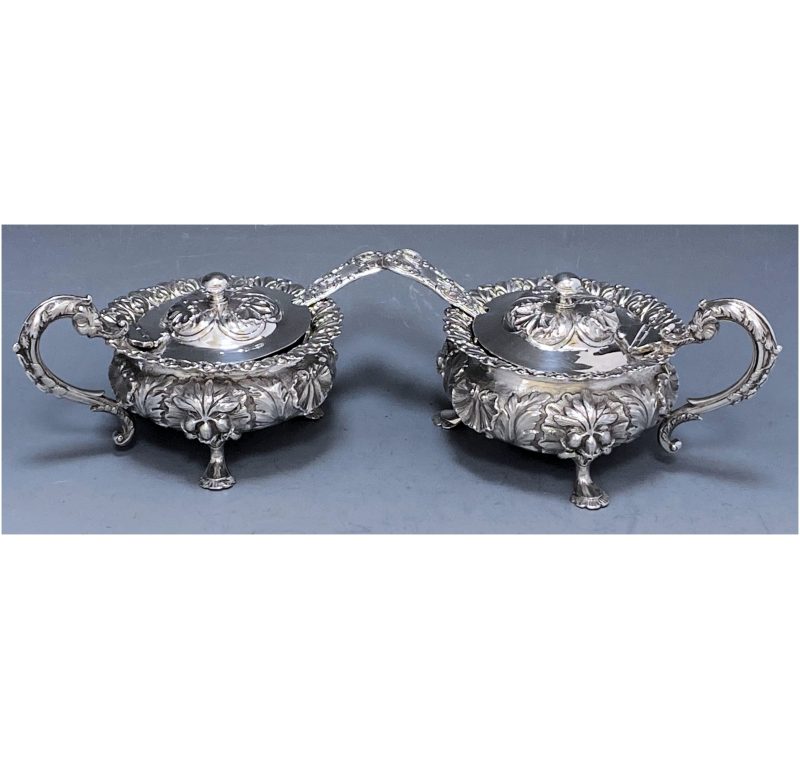
Pair of William IV Antique Silver Mustard Pots made in 1831
£1,450ENQUIRE ABOUT THIS PIECEW109x45Date:1831Maker: William Elliott£1,450 -
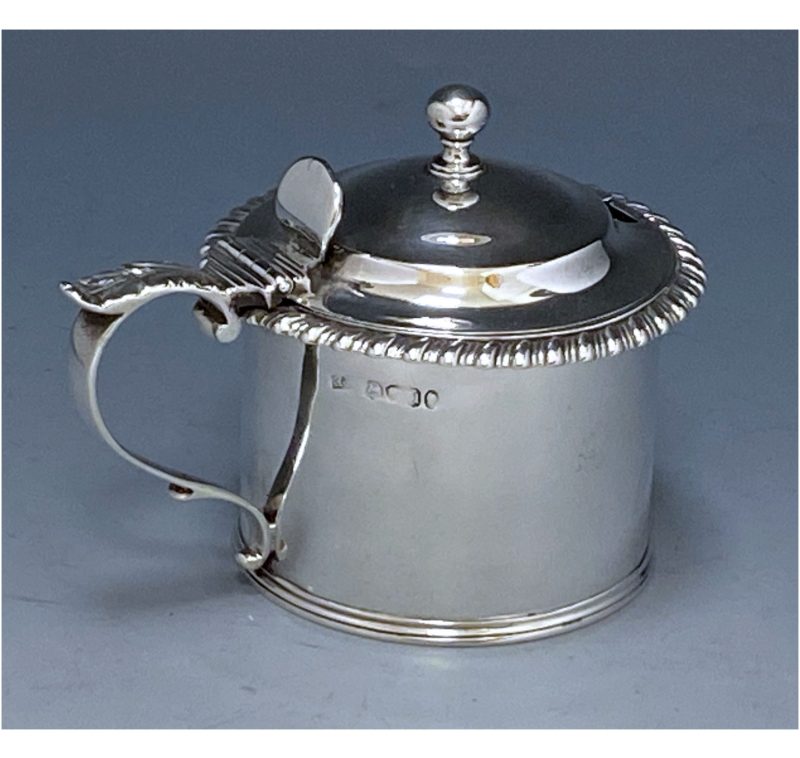
Antique Silver William IV Large Mustard Pot made in 1835
£585ENQUIRE ABOUT THIS PIECEW106x37Date:1835Maker: William Eley II£585 -
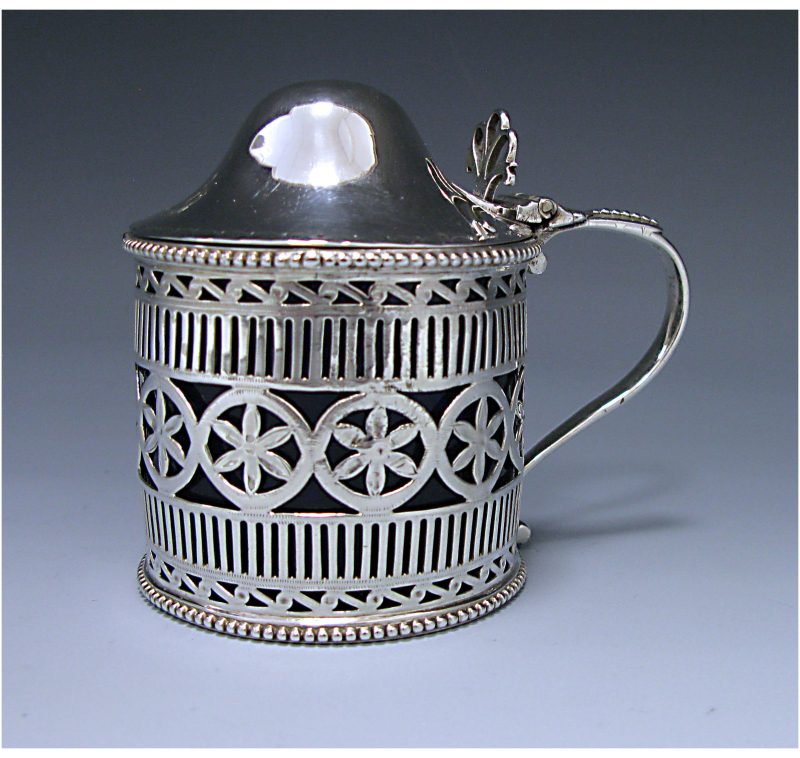
Antique Sterling Silver George III Mustard Pot made in 1780
£785ENQUIRE ABOUT THIS PIECEW97x34Date:1780Maker: William Stephenson£785
[gtranslate]

